Roasting sesame seeds at home is simple and transforms their flavor from mild to nutty and aromatic. This guide shows you exactly how to roast sesame seeds perfectly using stovetop or oven methods, with tips to avoid burning, storage advice, and common mistakes. Whether you're making tahini, garnishing dishes, or baking, roasted sesame seeds elevate any recipe.
Table of Contents
- Why Roast Sesame Seeds?
- Stovetop Roasting Method
- Oven Roasting Method
- 3 Essential Tips for Perfect Roasting
- Common Mistakes to Avoid
- Storing Roasted Sesame Seeds
- Frequently Asked Questions
- Conclusion
Why Roast Sesame Seeds?
Raw sesame seeds have a mild, slightly sweet taste, but roasting unlocks their full potential. The Maillard reaction during roasting creates complex nutty and smoky flavors while enhancing aroma. Roasted seeds also develop a satisfying crunch, making them ideal for toppings, sauces, and baked goods. This process is essential for authentic Asian dishes like sesame noodles or tahini-based recipes.
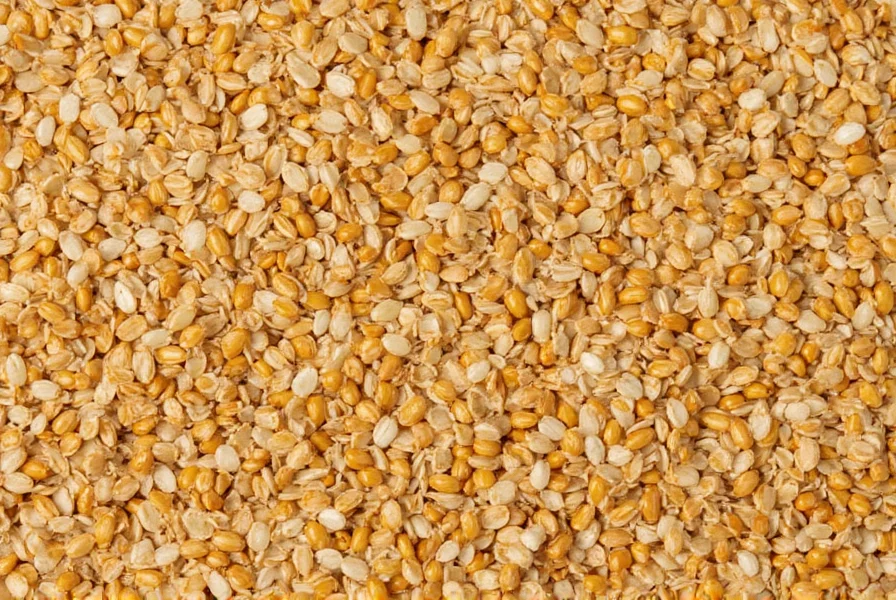
Stovetop Roasting Method
Stovetop roasting gives you precise control for even toasting. Here's how to do it:
- Use a dry skillet (no oil) over medium-low heat.
- Add sesame seeds in a single layer (about 1/2 cup max).
- Stir constantly with a wooden spoon for 3-5 minutes.
- Remove from heat when seeds turn golden and smell nutty (they'll continue cooking off-heat).
- Immediately transfer to a cool surface to stop cooking.
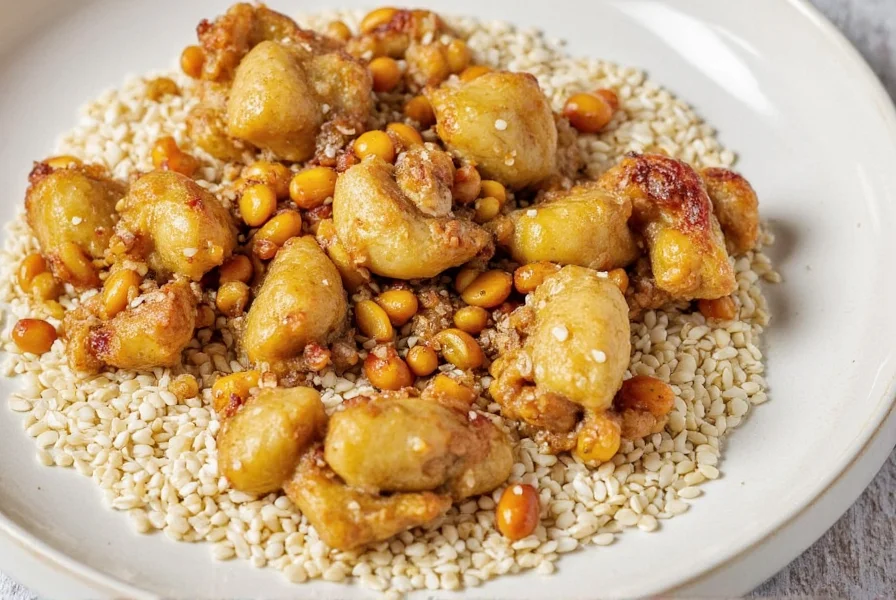
Oven Roasting Method
Best for larger batches. Preheat oven to 350°F (175°C). Spread seeds evenly on a baking sheet in a single layer. Roast for 8-10 minutes, shaking the pan every 2 minutes. Remove when golden brown and fragrant. Cool completely before storing.
3 Essential Tips for Perfect Roasting
- Use Medium-Low Heat
High heat burns seeds quickly. Sesame seeds toast in under 5 minutes—keep heat low and stir constantly for even results. - Roast in Small Batches
Overcrowding causes uneven toasting. A single layer in the pan ensures all seeds get direct heat contact. - Remove Before Fully Golden
Sesame seeds continue cooking from residual heat. Take them off the heat when they're just starting to turn golden to prevent bitterness.
Common Mistakes to Avoid
- Over-roasting: Burnt seeds taste bitter. Watch closely—seeds go from perfect to burnt in seconds.
- Using Wet Seeds: Moisture causes uneven roasting. Ensure seeds are completely dry before starting.
- Skipping the Stirring: Uneven stirring leads to some seeds burning while others stay raw.
- Not Cooling Properly: Leaving hot seeds in the pan causes overcooking. Transfer immediately to a cool surface.
| Seed Type | Best For | Roasting Time | Heat Level | Storage Life |
|---|---|---|---|---|
| White Sesame | Salads, dressings, general cooking | 3-5 minutes (stovetop) | Medium-low | 2 months (cool/dark place) |
| Black Sesame | Asian desserts, tahini, bold flavors | 4-6 minutes (stovetop) | Medium-low | 2 months (cool/dark place) |
| Raw Sesame (for roasting) | Homemade roasted seeds | N/A | N/A | 6 months (refrigerated) |
Storing Roasted Sesame Seeds
Proper storage preserves freshness and prevents rancidity:
- Airtight Container: Use glass jars or sealed plastic containers.
- Cool & Dark: Store away from sunlight and heat sources.
- Refrigerate or Freeze: For long-term storage (up to 1 year), keep in the freezer in airtight bags.
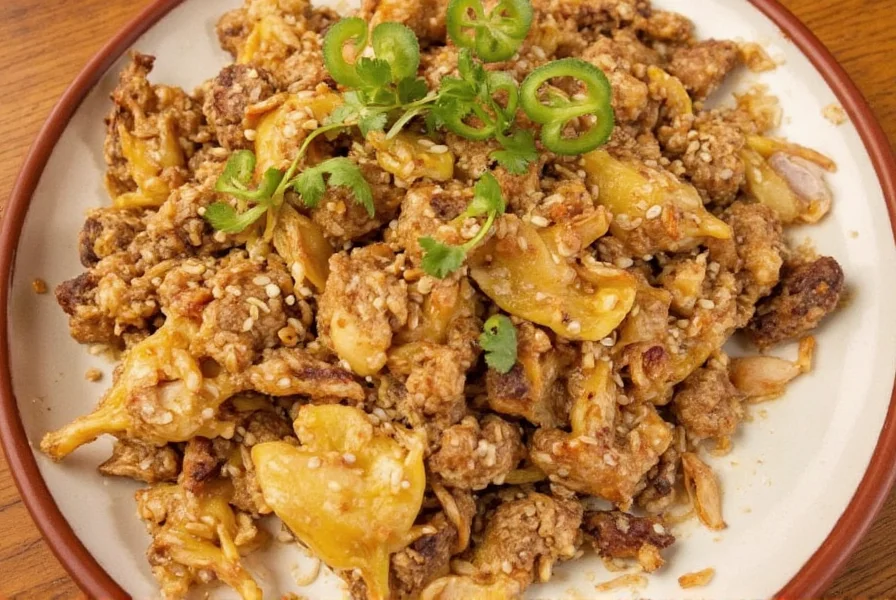
Frequently Asked Questions
Can I roast sesame seeds in the oven?
Yes! Preheat oven to 350°F (175°C), spread seeds in a single layer on a baking sheet, and roast for 8-10 minutes shaking every 2 minutes. Remove when golden and fragrant.
Why do my sesame seeds burn so quickly?
Sesame seeds are small and roast fast. Use medium-low heat, stir constantly, and remove from heat when they're just starting to turn golden—they'll continue cooking from residual heat.
How do I know when sesame seeds are perfectly roasted?
They should smell nutty and aromatic, turn golden brown (not dark), and make a faint crackling sound. Taste a seed—no bitterness, just rich flavor.
Can I roast sesame seeds with oil?
No. Oil causes uneven roasting and can burn. Always use a dry pan or baking sheet for best results.
What's the difference between black and white sesame seeds for roasting?
Black sesame has a stronger, earthier flavor and takes slightly longer to roast (4-6 minutes vs 3-5 for white). White sesame is milder and more versatile for general cooking.
Conclusion
Roasting sesame seeds at home takes just minutes but transforms their flavor dramatically. With the right heat control, constant stirring, and proper storage, you'll achieve perfect nutty, aromatic seeds every time. This simple technique elevates everything from salads and sauces to desserts and stir-fries—making it a must-learn skill for any home cook.
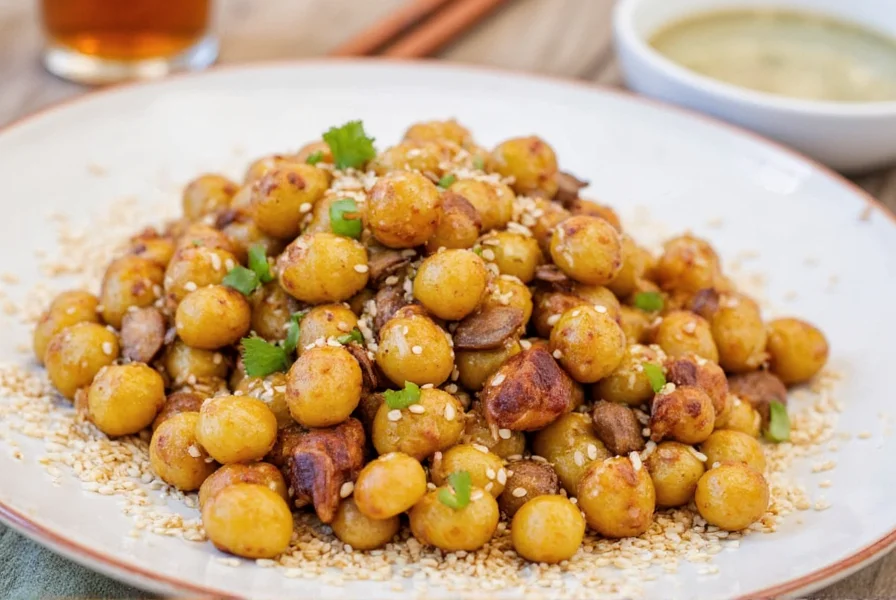

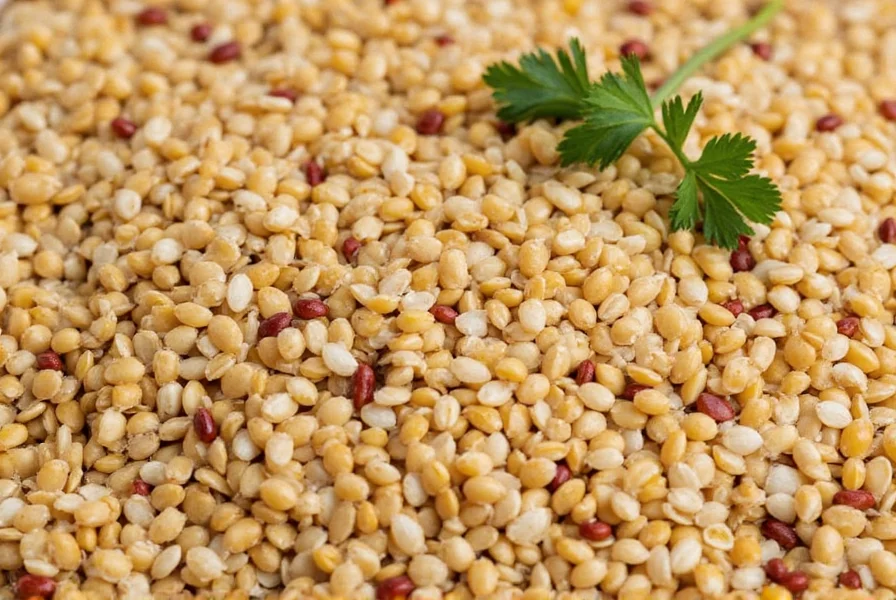









 浙公网安备
33010002000092号
浙公网安备
33010002000092号 浙B2-20120091-4
浙B2-20120091-4